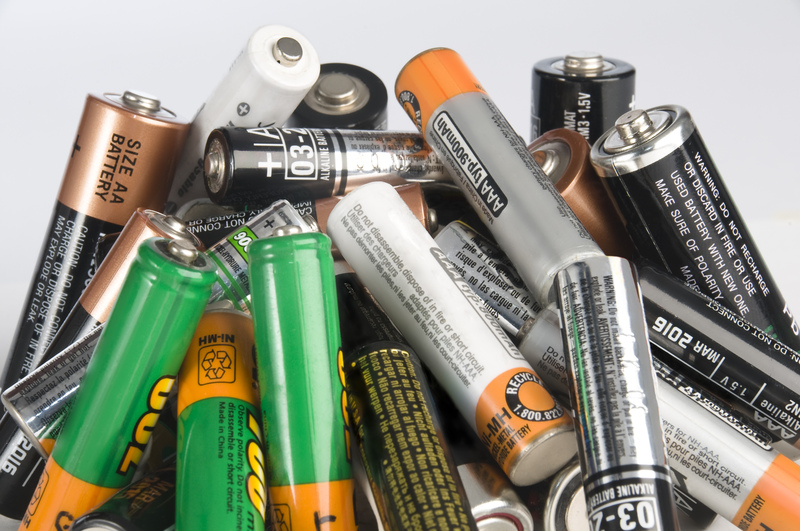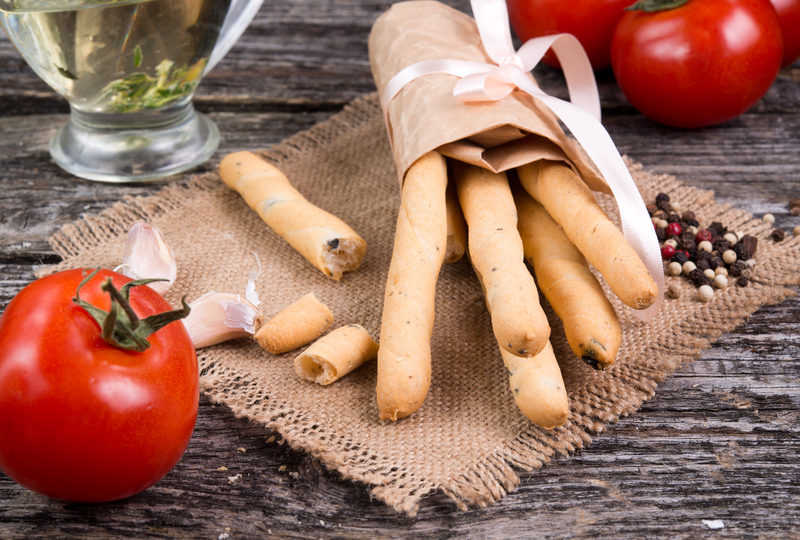Disposing of Pots and Pans in a Sustainable Manner
Are you wondering how to get rid of old, worn-out cookware in an environmentally responsible way? With sustainable living becoming increasingly important, learning how to dispose of pots and pans sustainably is vital for reducing environmental impact. This comprehensive guide covers a range of options and best practices for getting rid of your cookware responsibly, ensuring you contribute positively to the planet.
Why Sustainable Disposal of Pots and Pans Matters
Pots and pans are often made of materials like stainless steel, aluminum, copper, cast iron, and non-stick coatings. If not disposed of properly, these kitchen essentials can contribute to landfill waste and environmental pollution. Choosing sustainable methods reduces resource depletion, prevents the release of toxic substances, and supports a circular economy.
Environmental Impact of Improper Disposal
- Landfill Overload: Cookware takes decades or centuries to decompose, occupying valuable landfill space.
- Resource Waste: Discarded cookware contains metals and materials that could be reclaimed or recycled.
- Toxicity: Non-stick coatings and paints can leach chemicals into soil and groundwater.
- Production Footprint: Making new pots and pans requires mining, refining, and manufacturing, which can harm the environment.
Making informed choices when disposing of cookware can significantly reduce these negative effects.

Assess the Condition of Your Pots and Pans
Before disposing of pots and pans, evaluate whether they are truly at the end of their lifespan. Some items appear worn but can be refurbished, repurposed, or passed on for further use.
Questions to Ask Yourself:
- Is it still usable? -- Consider if another family could use it.
- Is it safe? -- Peeling coatings or severe rust may pose health risks.
- Is it beyond repair? -- Dents, warped shapes, or destroyed handles can make items unusable.
If your cookware can still fulfill its purpose, follow the reuse and donate pathways. If not, explore recycling or repurposing options detailed below.
Reuse and Repurpose: Extending the Life of Old Cookware
Creative Ways to Reuse Pots and Pans
- Garden Planters: Convert old pots and pans into unique planters for herbs or flowers.
- Storage Solutions: Use deep pans for storing kitchen gadgets, office supplies, or children's toys.
- Art Projects: Artistic individuals can paint or decorate old cookware for wall art or other creative displays.
- Bird Baths or Feeders: Larger pans can make excellent bird baths or feeders for your backyard.
Donation: Giving Cookware a Second Life
If your pots and pans are still functional, consider donating them to:
- Charity Shops: Many thrift stores accept gently used cookware.
- Shelters and Food Banks: These organizations often welcome kitchen equipment for community use or meal preparation programs.
- Community Centers or Schools: Cooking classes, community kitchens, or school programs may appreciate extra supplies.
*Always check with organizations ahead of time to ensure they accept cookware donations.*
How to Recycle Pots and Pans Responsibly
Understanding Material Types
Most cookware is made from recyclable metals, but recycling processes differ by material. Here's how to identify and sort them:
- Stainless Steel: Highly recyclable, accepted at most metal recycling centers.
- Aluminum: Also widely recyclable, especially if free of plastic or rubber parts.
- Copper: Precious and recyclable, usually accepted at scrap yards.
- Cast Iron: Extremely durable and recyclable even if heavily rusted.
- Non-stick (Teflon or ceramic-coated): More challenging as coatings complicate the recycling process; check with your local facility.
Finding Your Nearest Recycling Facility
- Contact your municipal waste management or public works department.
- Use online directories like Earth911 or Recyclesearch to locate facilities.
- Search for "scrap metal recycling near me" for applicable drop-off points.
Recycling Process Steps
- Remove Non-Metal Components: Detach any handles, lids, or knobs made from plastic, wood, or rubber.
- Separate Materials: Recycle compatible components together--metal with metal, plastic with plastic.
- Clean Thoroughly: Rinse off oils or food residues; many facilities require items to be clean.
- Drop-Off Confirmation: Some centers have specific requirements for non-ferrous metals or coated cookware--call ahead to confirm.
*Never place pots and pans in standard curbside recycling bins unless explicitly instructed by your waste management company.*
Special Considerations for Non-Stick and Ceramic-Coated Cookware
Non-stick pans, especially those coated with Teflon or ceramic, require special handling. Older pans (pre-2015) may also contain PFOA, a chemical now phased out due to health concerns.
- Check Local Guidelines: Not all recycling programs accept coated pans. Ask your facility if they separate or handle non-stick cookware.
- Remove Coatings (if possible): For large quantities, some yards may accept cookware if non-stick coatings are removed.
If municipal recycling options are limited, consider scrap metal yards; they may accept coated pans as mixed metal, though payment is less than pure metals.
Retailer and Manufacturer Take-Back Initiatives
Some cookware brands and retailers now offer take-back or trade-in programs, which are an excellent option for sustainable disposal of old pots and pans:
- Retail Programs: Brands like TerraCycle partner with retailers for cookware recycling drop-offs.
- Manufacturer Buy-Back: Some companies accept their old products for recycling or refurbishing.
- Mail-In Recycling Services: Send your old cookware via post to certain providers for proper recycling (fees may apply).
Check store policies or the brand's website to find out about available options when purchasing new cookware.
Disposing of Broken or Unusable Pots and Pans
Sometimes, cookware is too damaged for reuse or donation. Follow these steps for the most environmentally friendly disposal:
- Exhaust reuse and repurposing options first.
- Disassemble to separate recyclable metal from trash.
- Take pure metal pieces to your local recycling or scrap metal center.
- Dispose of remaining parts (plastic, cracked ceramic, etc.) according to municipal waste rules.
Avoid placing non-recyclable parts in regular recycling bins to prevent contaminating recyclables.
Sustainable Alternatives When Purchasing New Cookware
To minimize future environmental impact when replacing your old cookware, consider these sustainable shopping tips:
- Choose Recyclable Materials: Favor stainless steel, cast iron, carbon steel, or copper over non-stick pans, as they are more widely accepted for recycling.
- Invest in Durability: High-quality pots and pans often last decades, reducing replacement frequency.
- Buy Secondhand: Thrift stores and online marketplaces often have gently used cookware at a fraction of the price and impact.
- Check Manufacturer Policies: Select brands with take-back, refurbishment, or recycling programs.
Every purchasing decision influences the overall sustainability lifecycle of your kitchen tools.

Frequently Asked Questions About Sustainable Cookware Disposal
Can you put pots and pans in the recycling bin?
No, most curbside recycling programs do not accept cookware due to its size, weight, and mixed materials. Use specialty metal recycling centers instead.
Is it okay to throw away Teflon pans?
It's not recommended. Teflon pans contain chemicals and non-recyclable coatings. Seek scrap metal yards or store take-back programs for proper disposal.
How can I tell if my local recycling center accepts cookware?
Visit their website or call their office. Ask specifically about acceptable types of metal and whether they process items with coatings.
What is the best way to prepare old cookware for recycling?
Clean all food debris, remove non-metal parts, and separate pure metal for easier processing and higher payment at scrap centers.
Are there risks to donating old pans?
Only donate pans that are clean, safe, and free of peeling coatings or severe rust. Unsafe or degraded cookware should be recycled, not given away.
Conclusion: The Responsible Path to Disposing of Pots and Pans
Disposing of pots and pans in a sustainable manner is doable--and makes a crucial difference! Whether you reuse, repurpose, recycle, or take advantage of store programs, your effort helps reduce landfill waste, minimizes environmental harm, and supports a more circular kitchen economy.
Remember:
- Assess every item's condition first.
- Choose the most sustainable route: reuse, donate, recycle.
- Use dedicated recycling centers, not curbside bins, for most cookware.
- Support manufacturers and stores with responsible disposal programs.
- Shop with sustainability in mind for future replacements.
With a few simple steps, you can say goodbye to old cookware while still cooking up positive change for the planet.